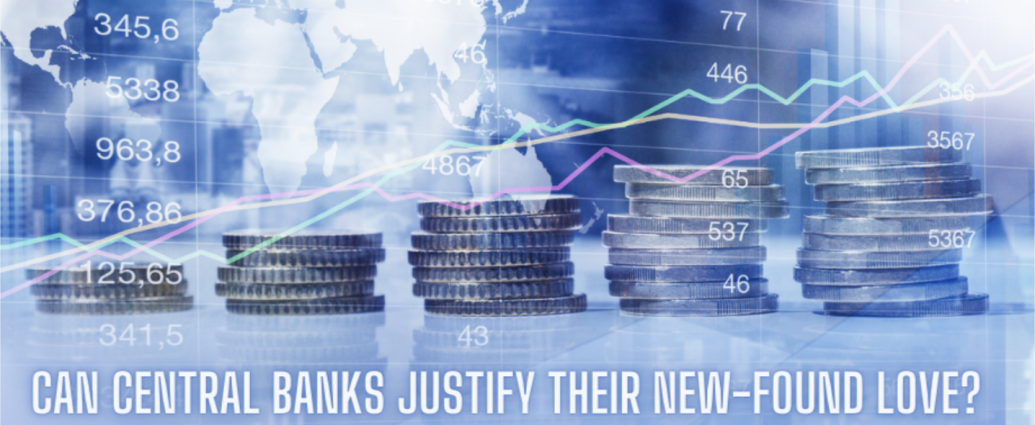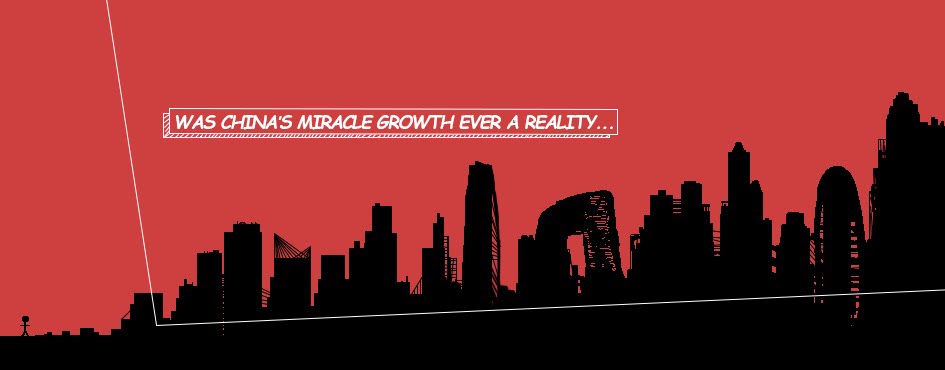An Analysis of the Stock Market in a Post-Pandemic World
Among other factors, the distribution of some $5 trillion of pandemic stimulus likely compelled the Federal Reserve to enact monetary policy to counter inflation. If financial tightening persists, investors might be urged to consider the long-term implications for the stock market in today’s post-pandemic world.Continue Reading



